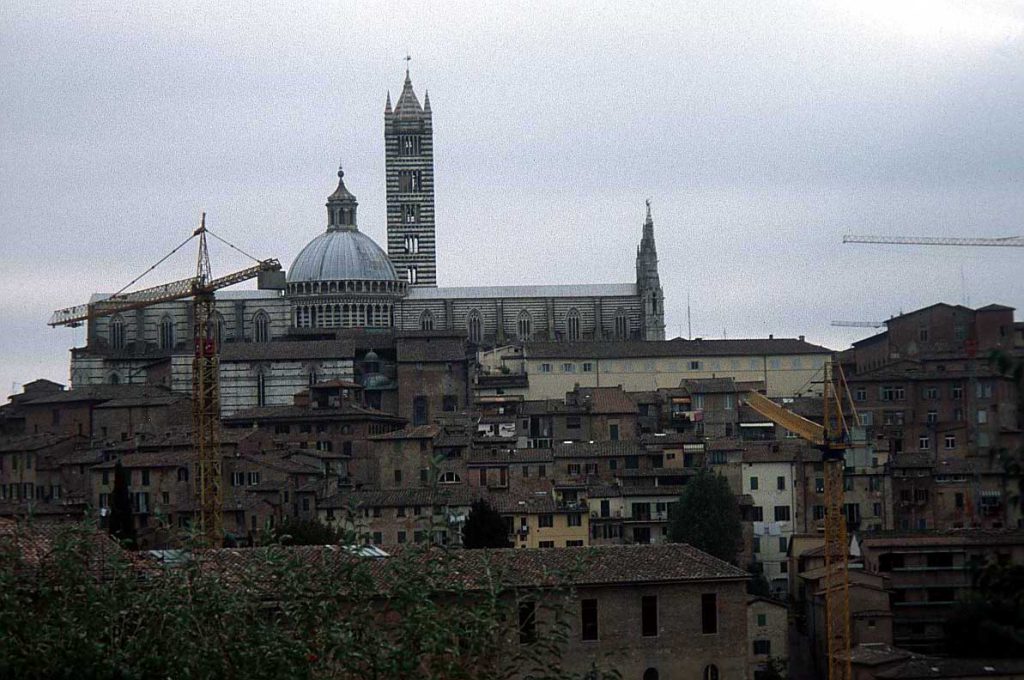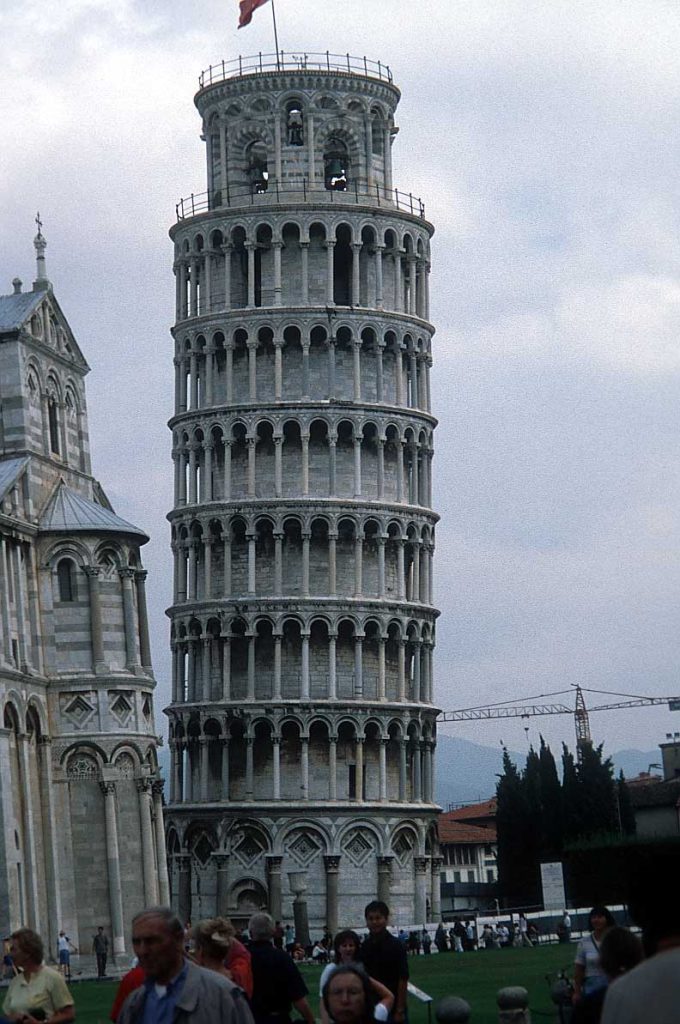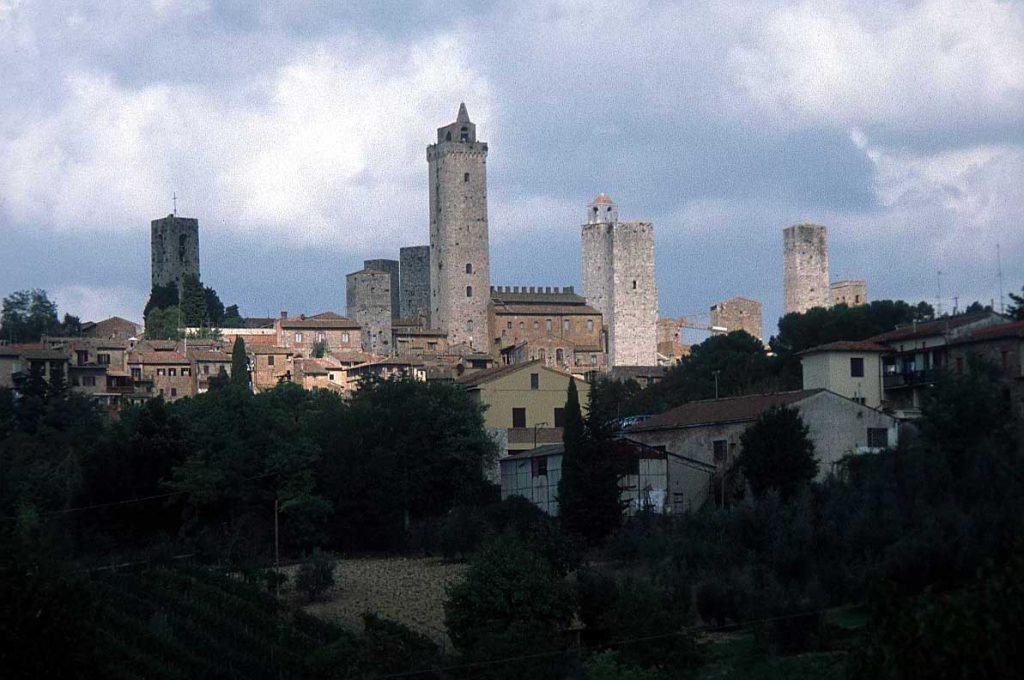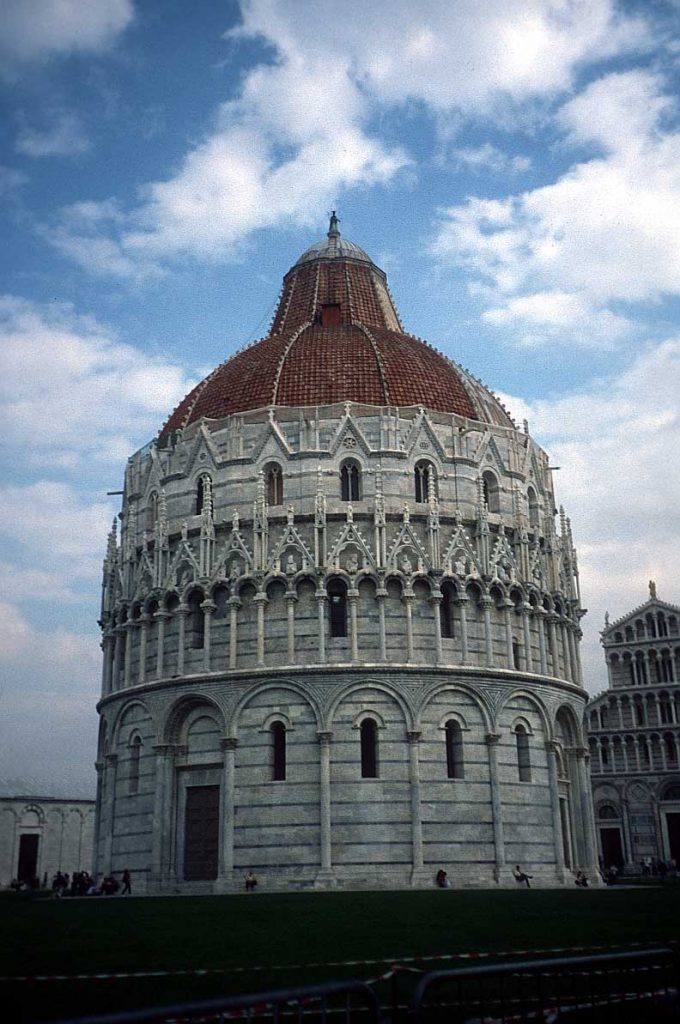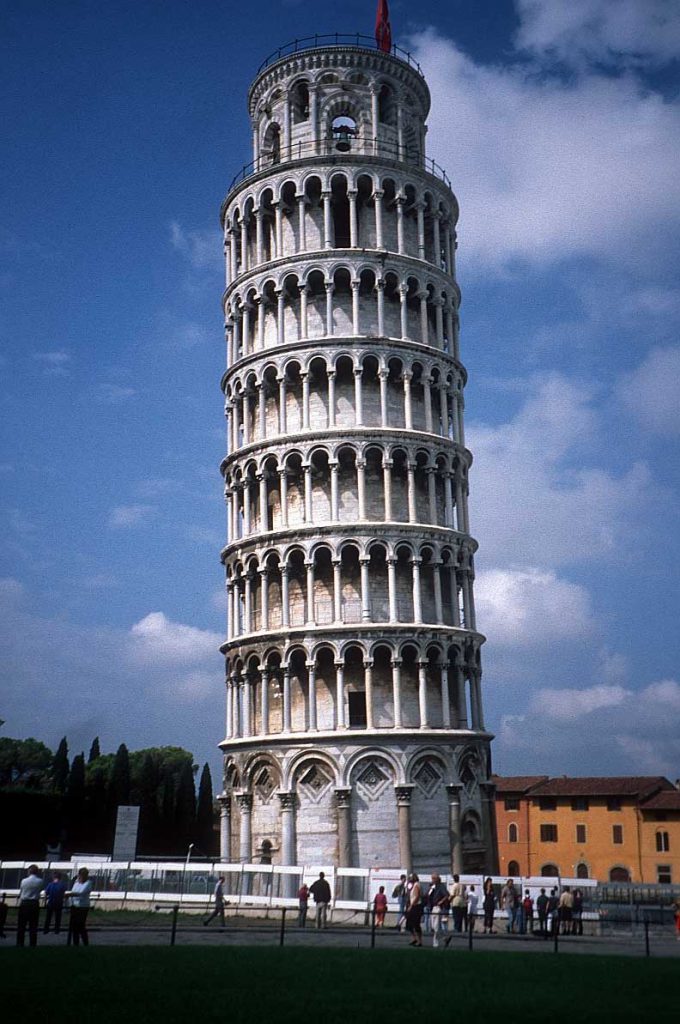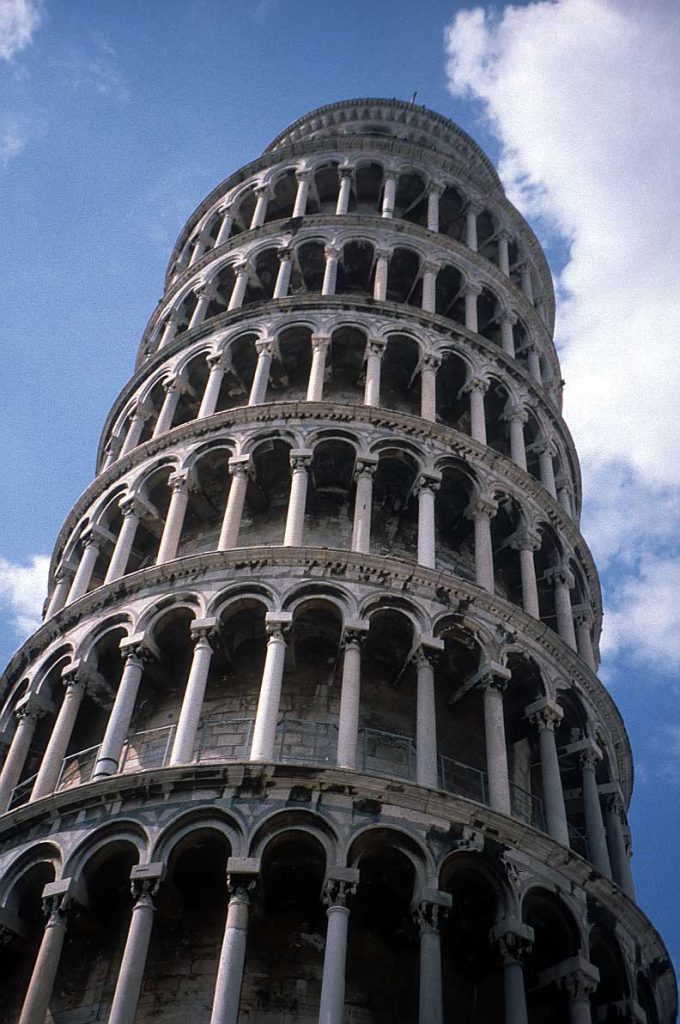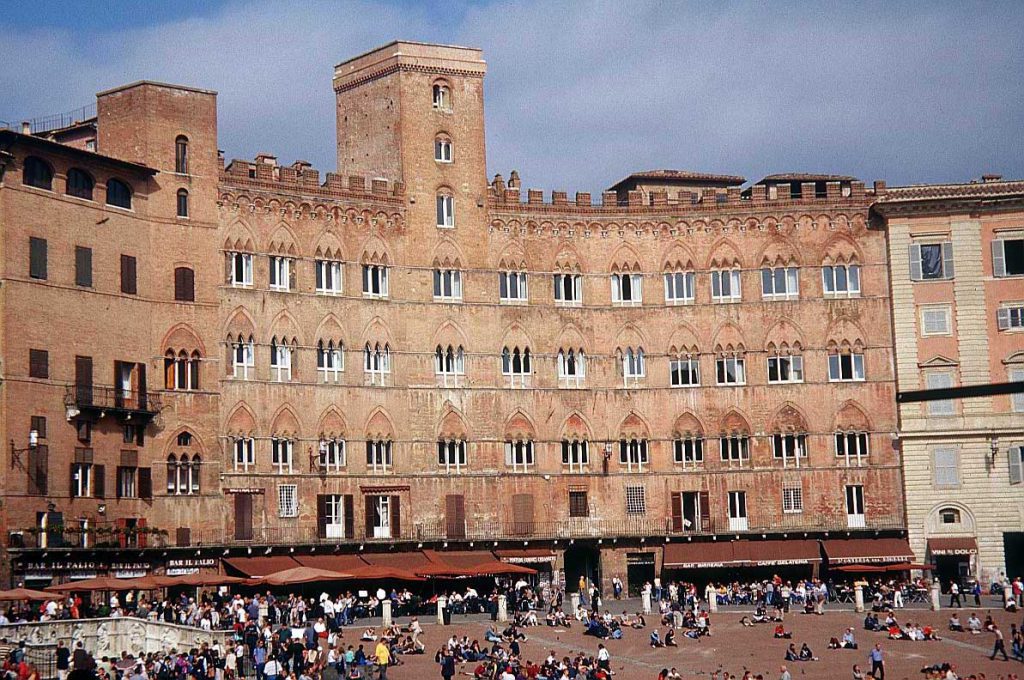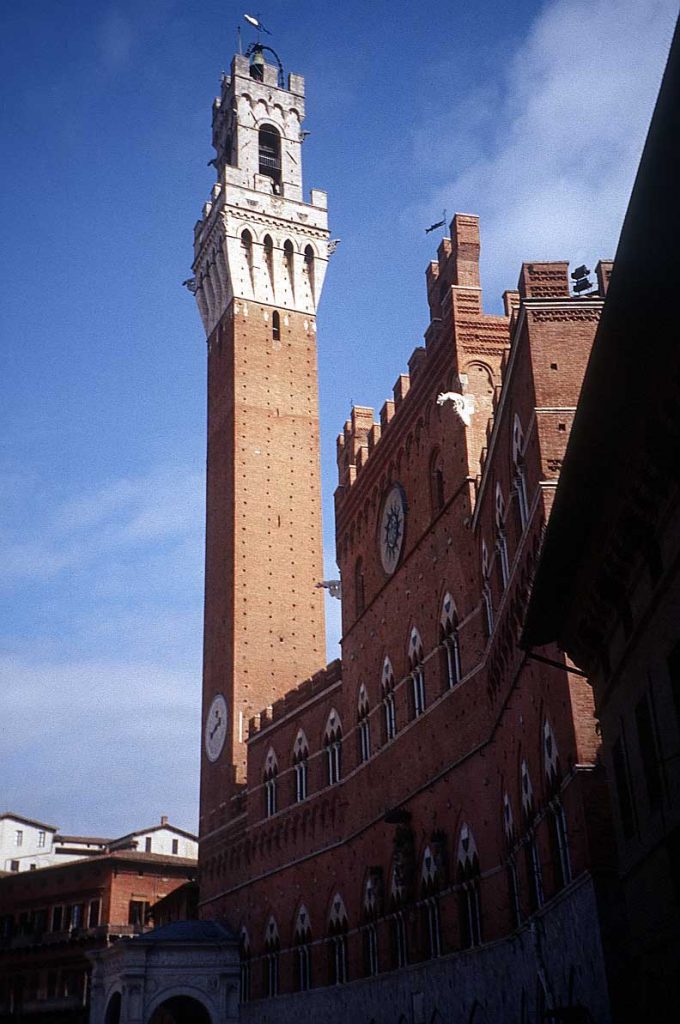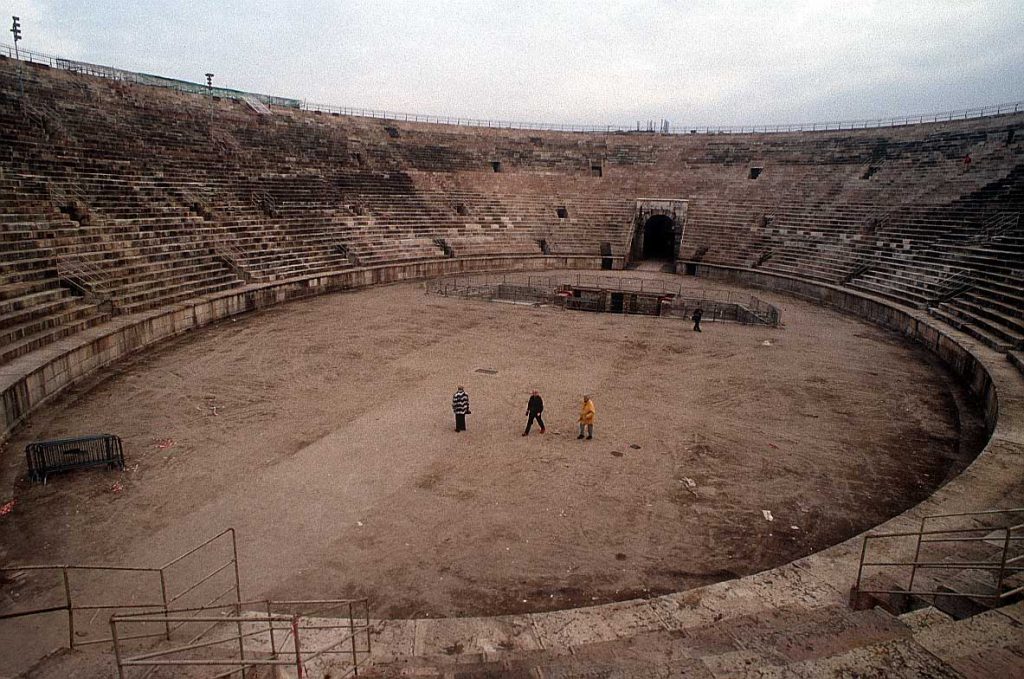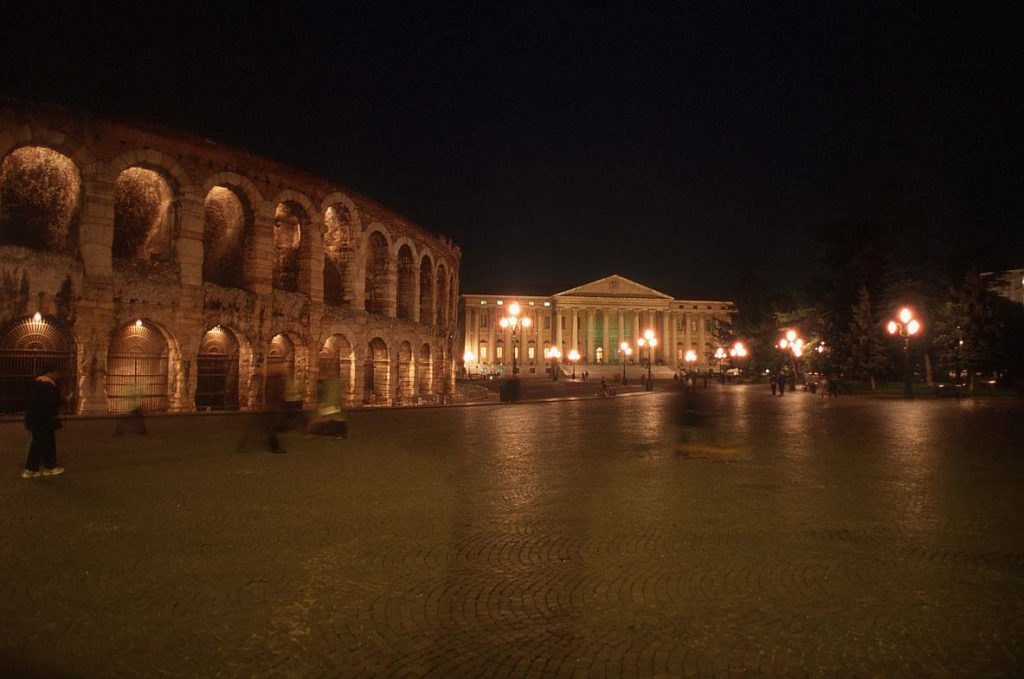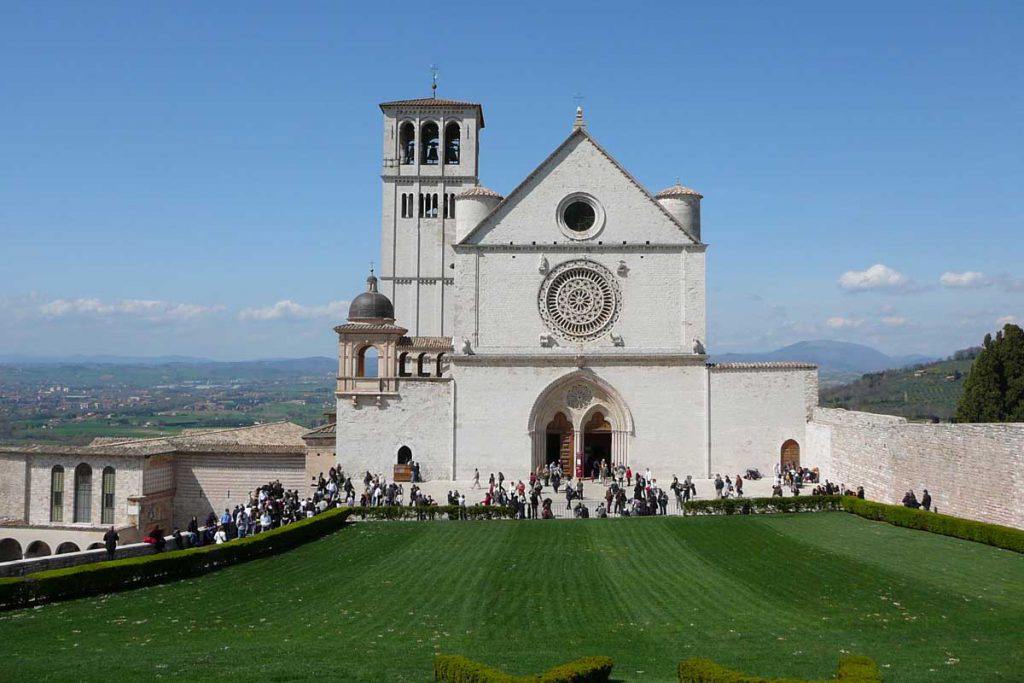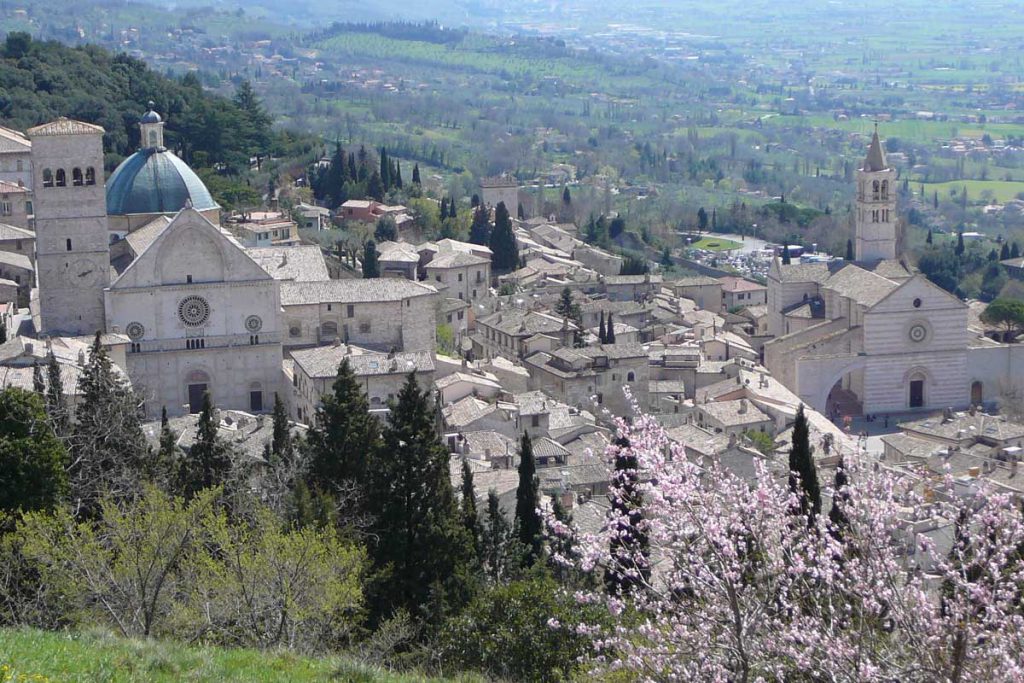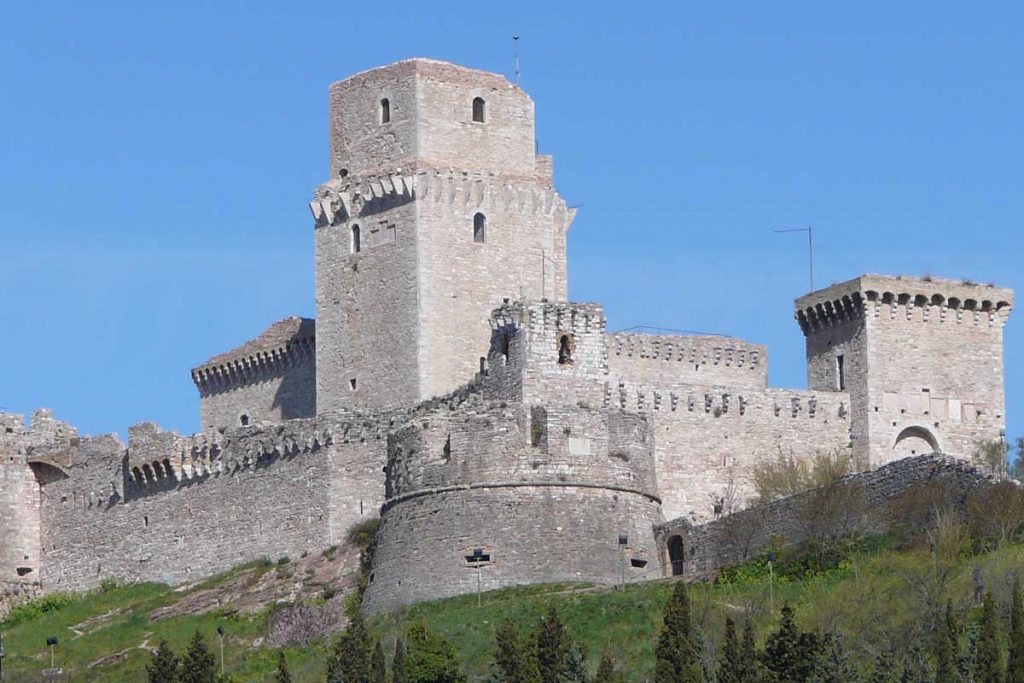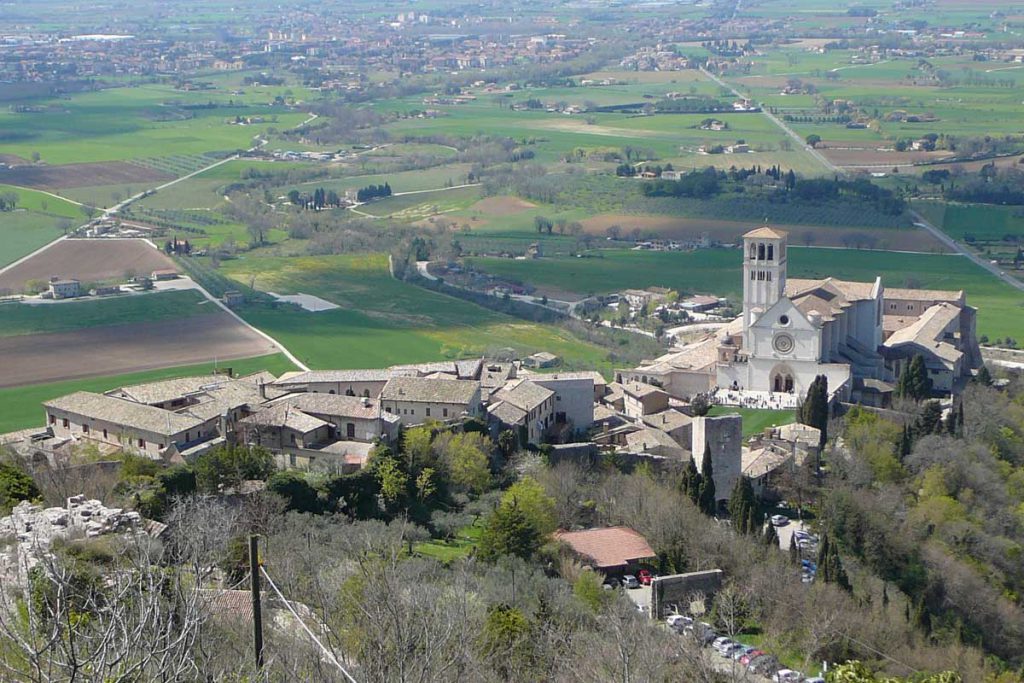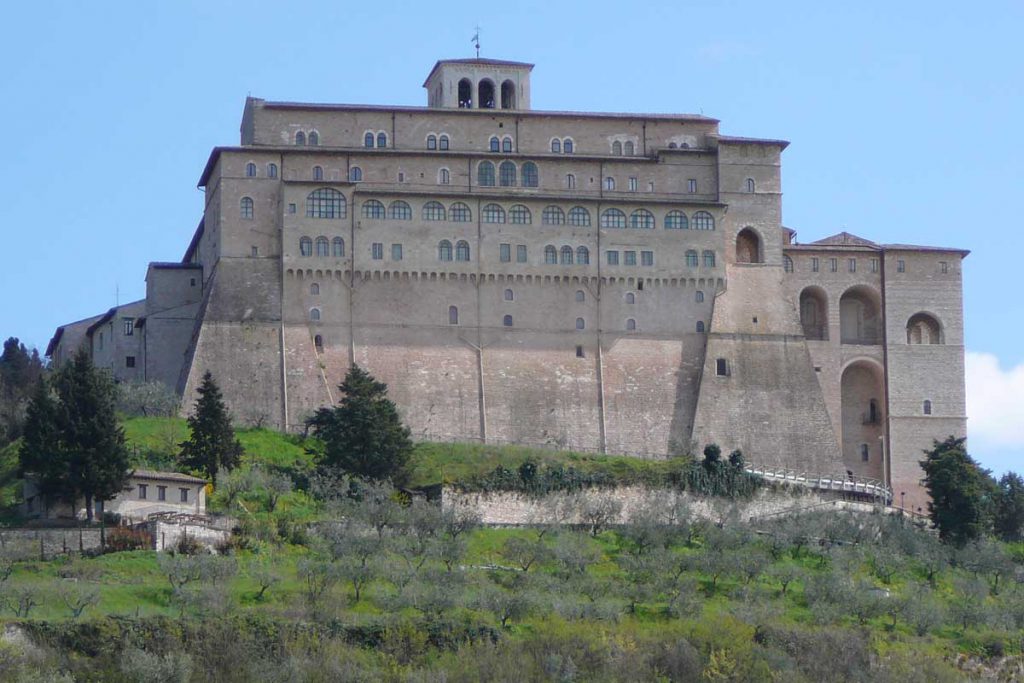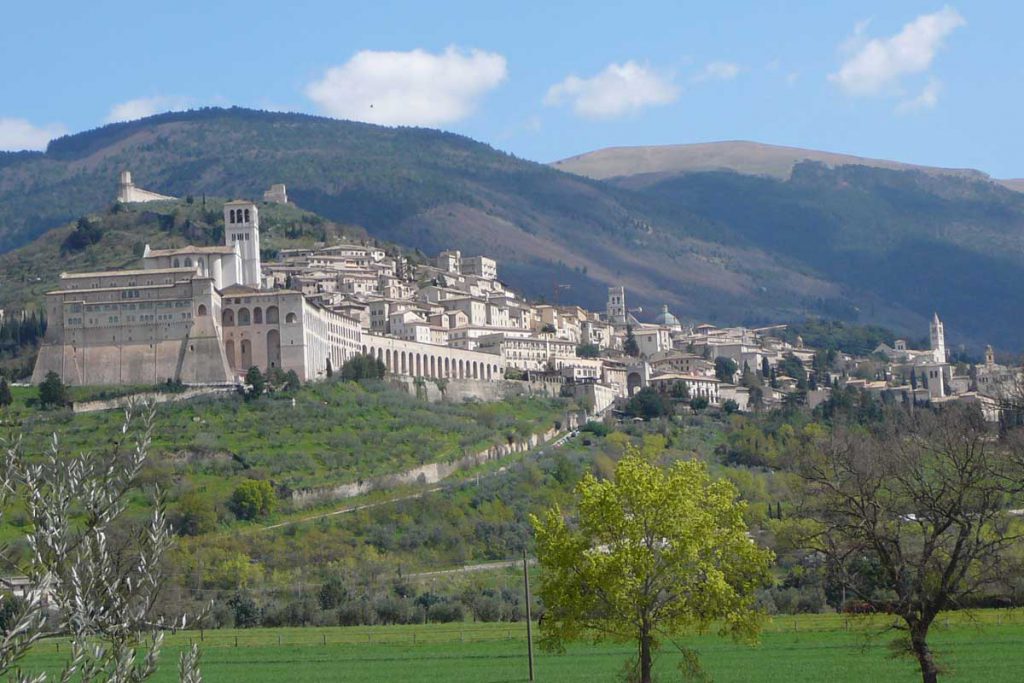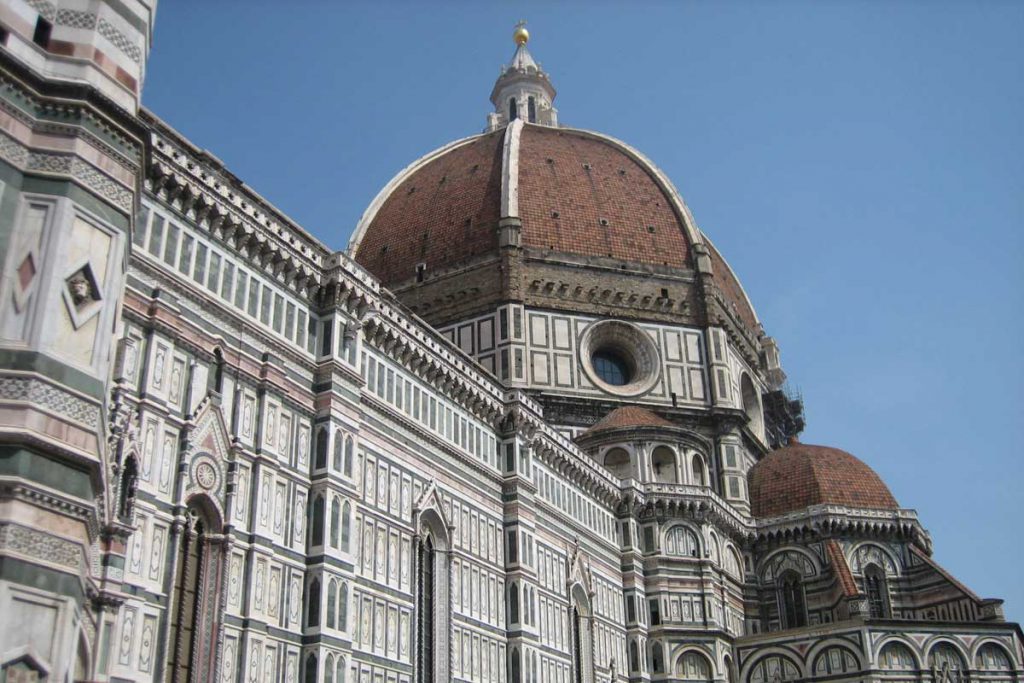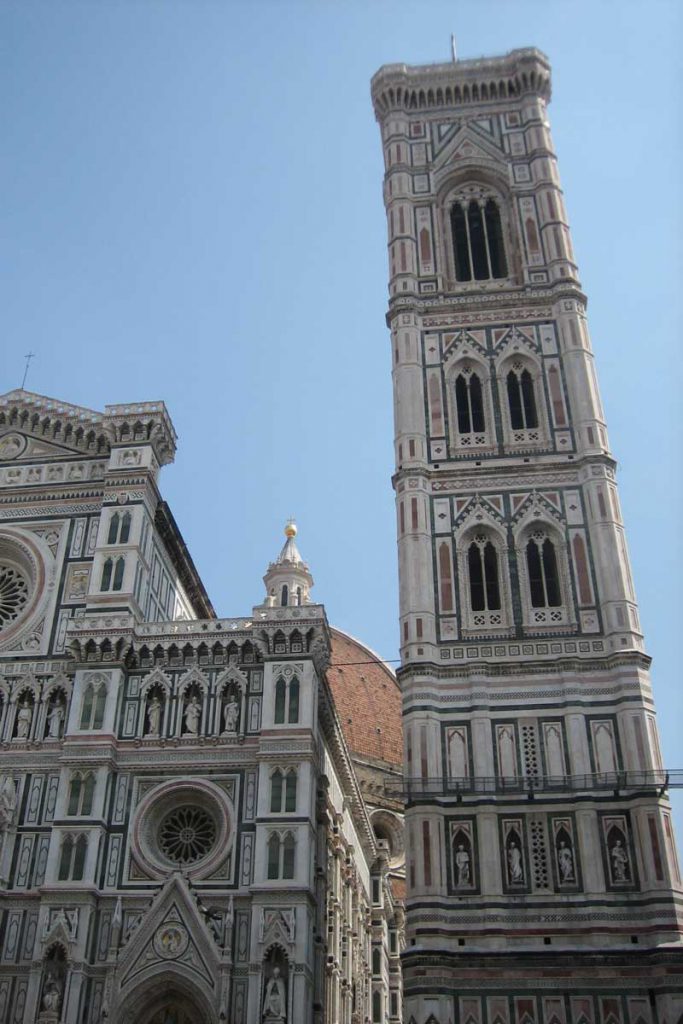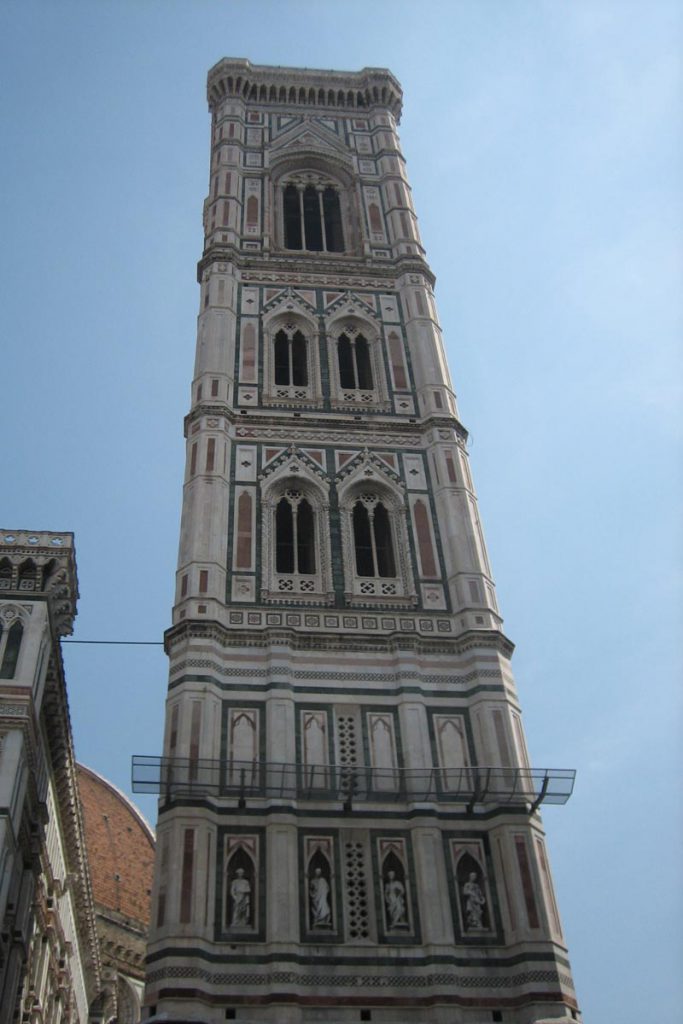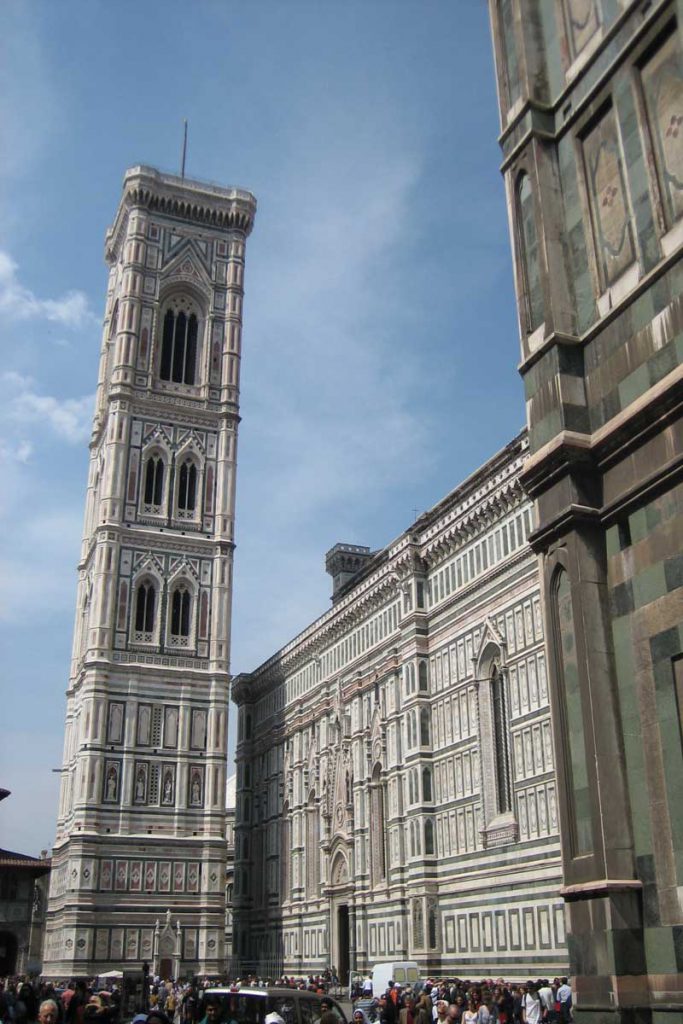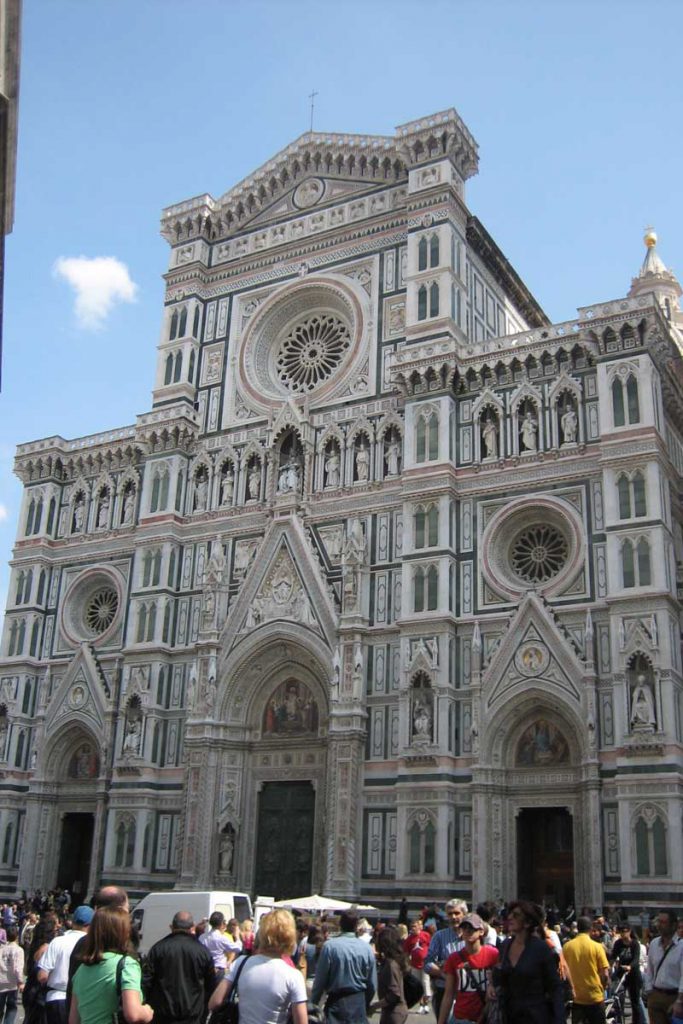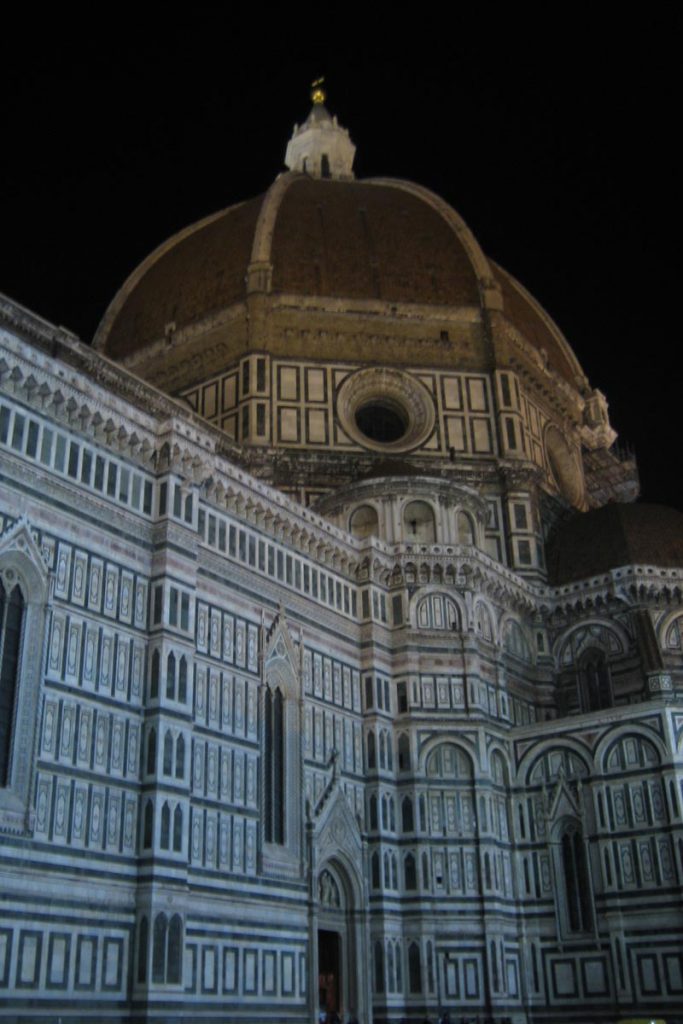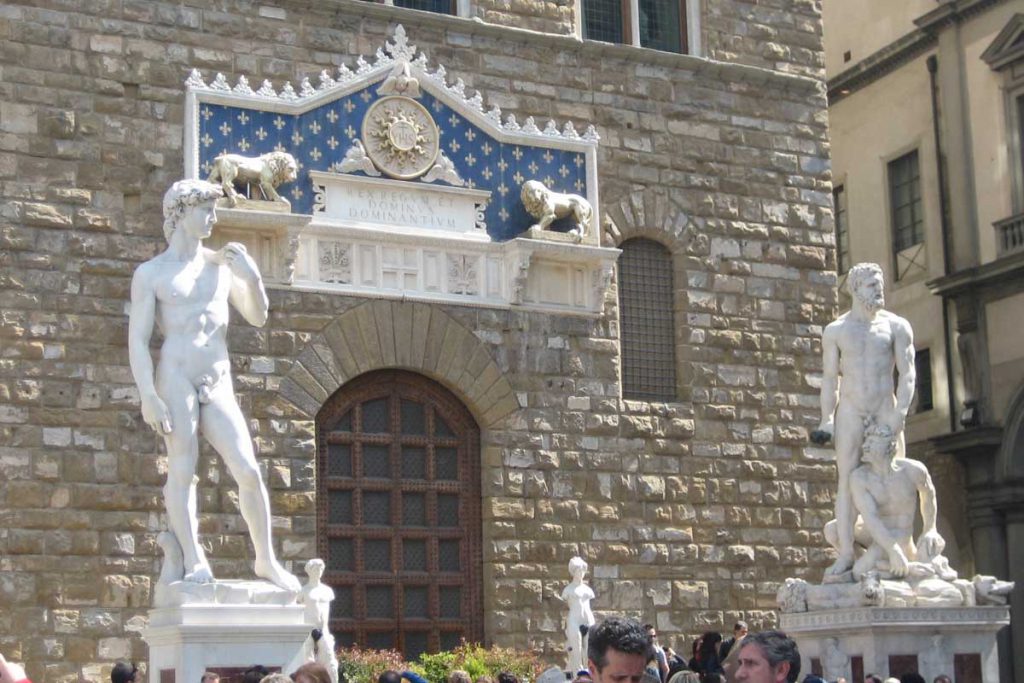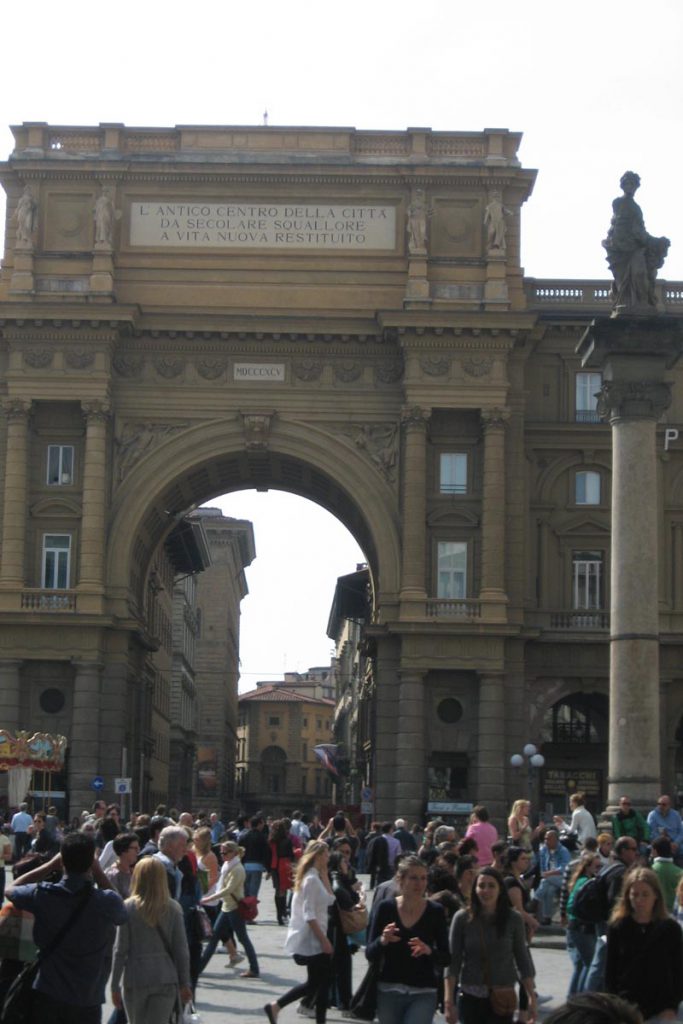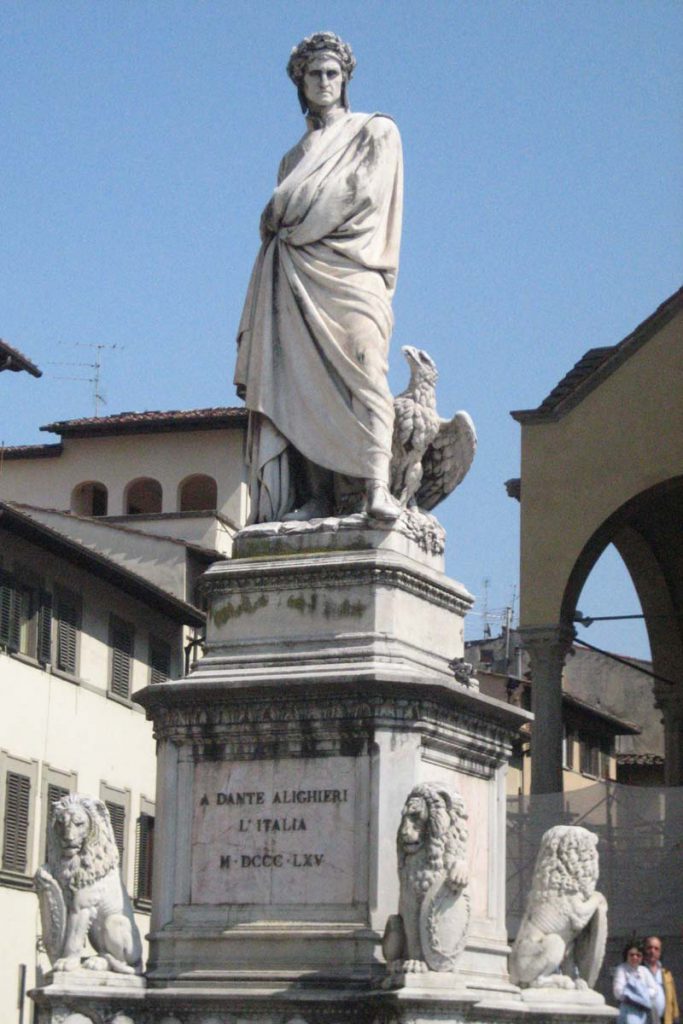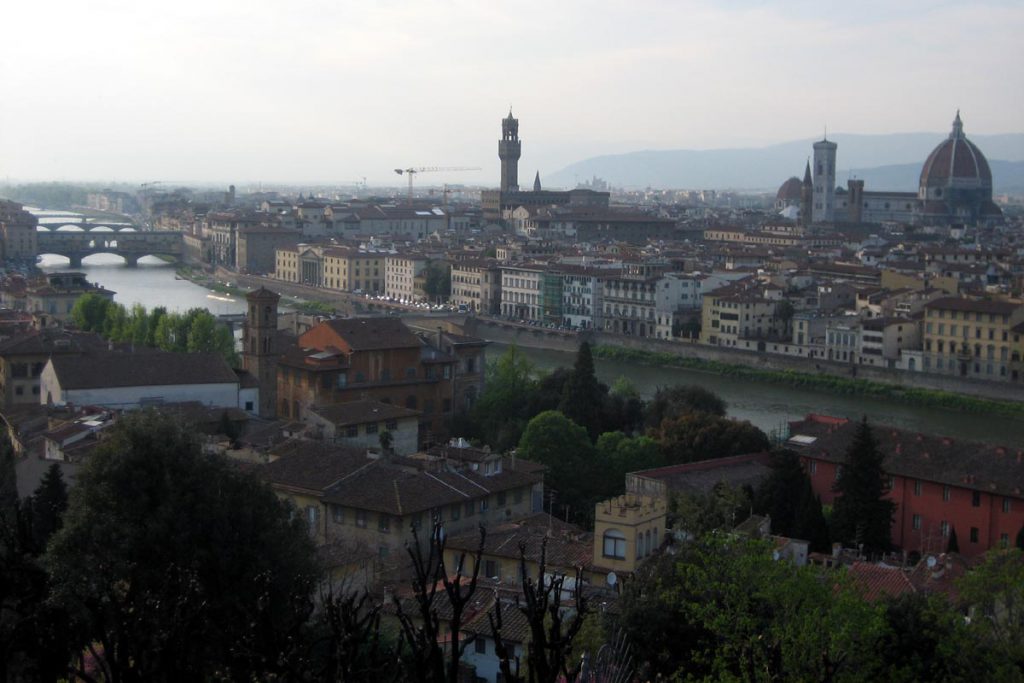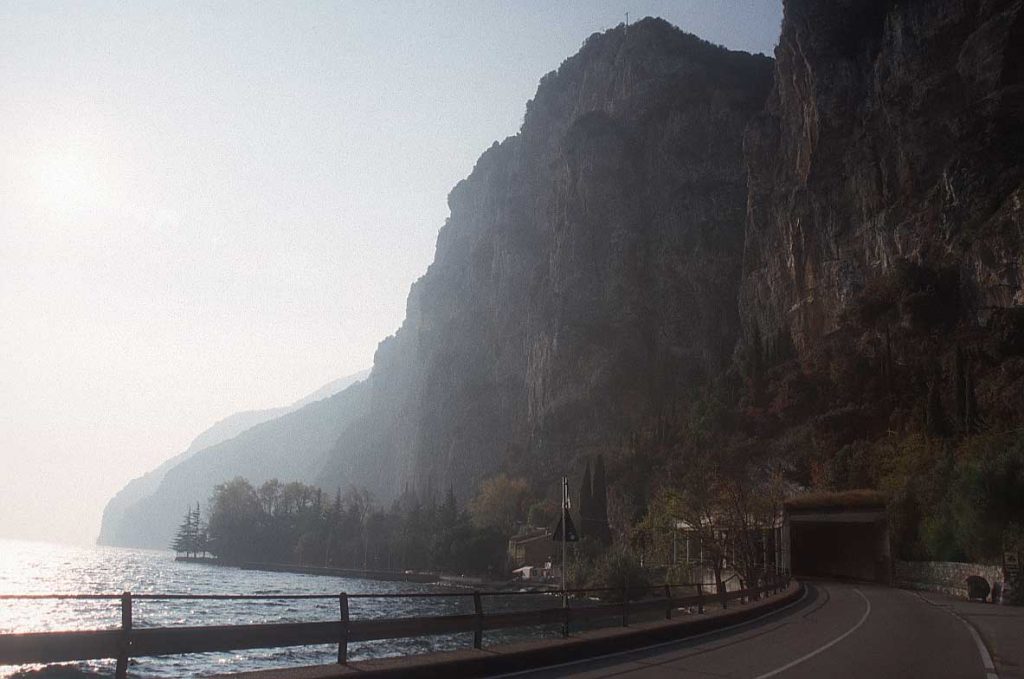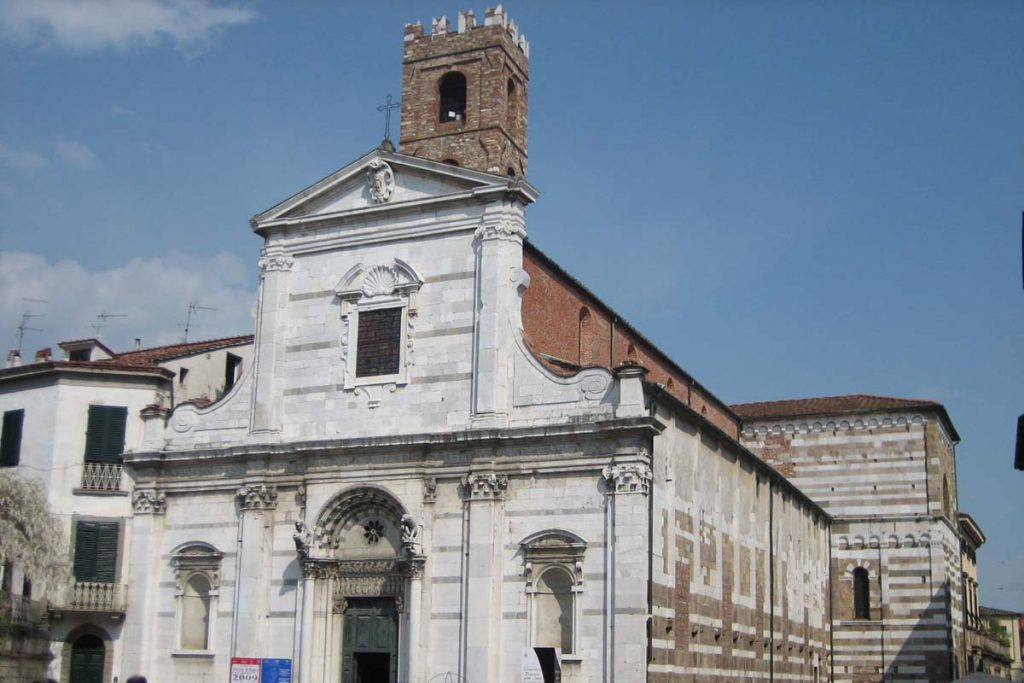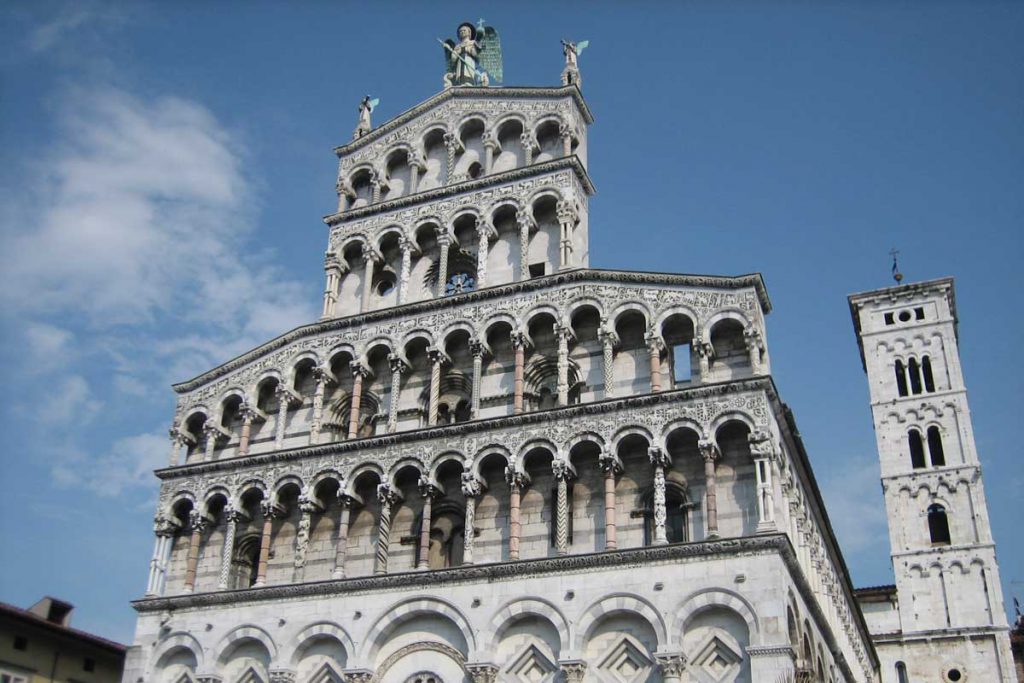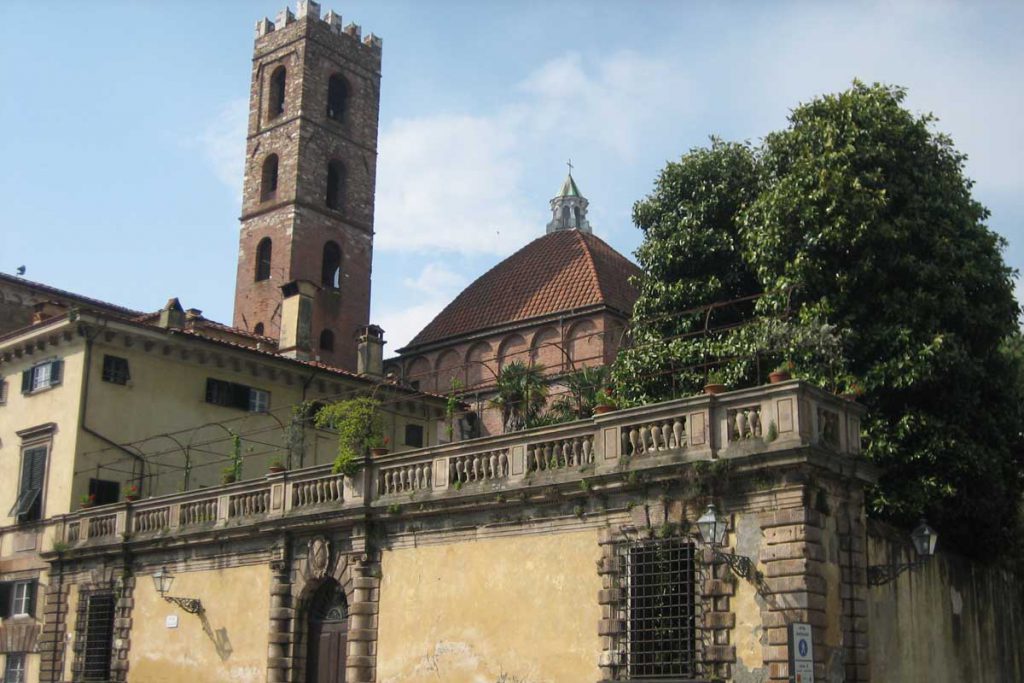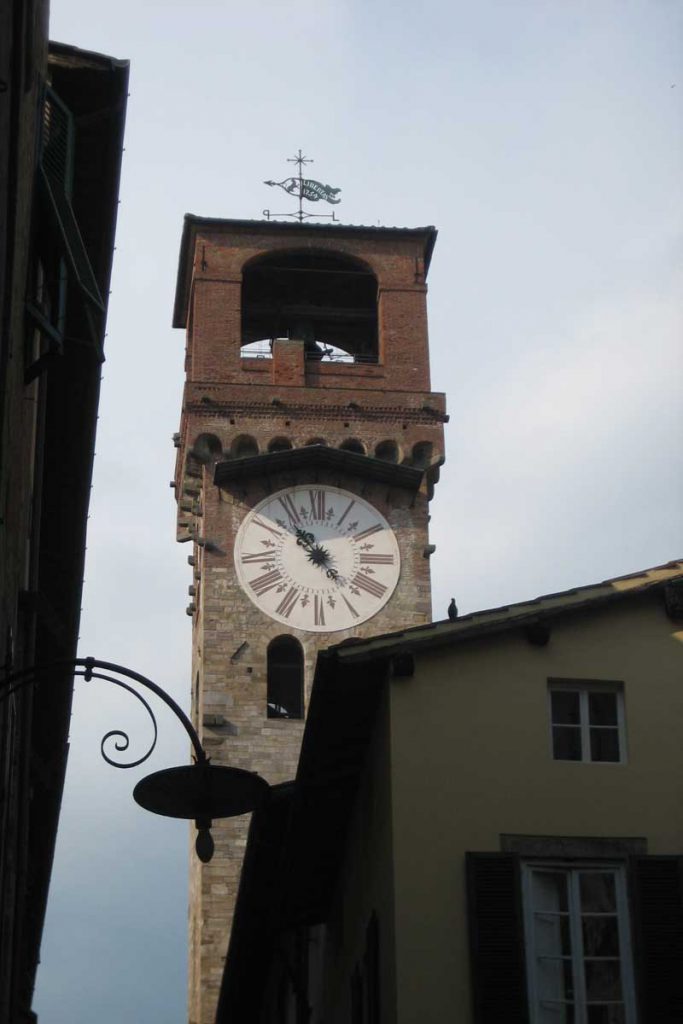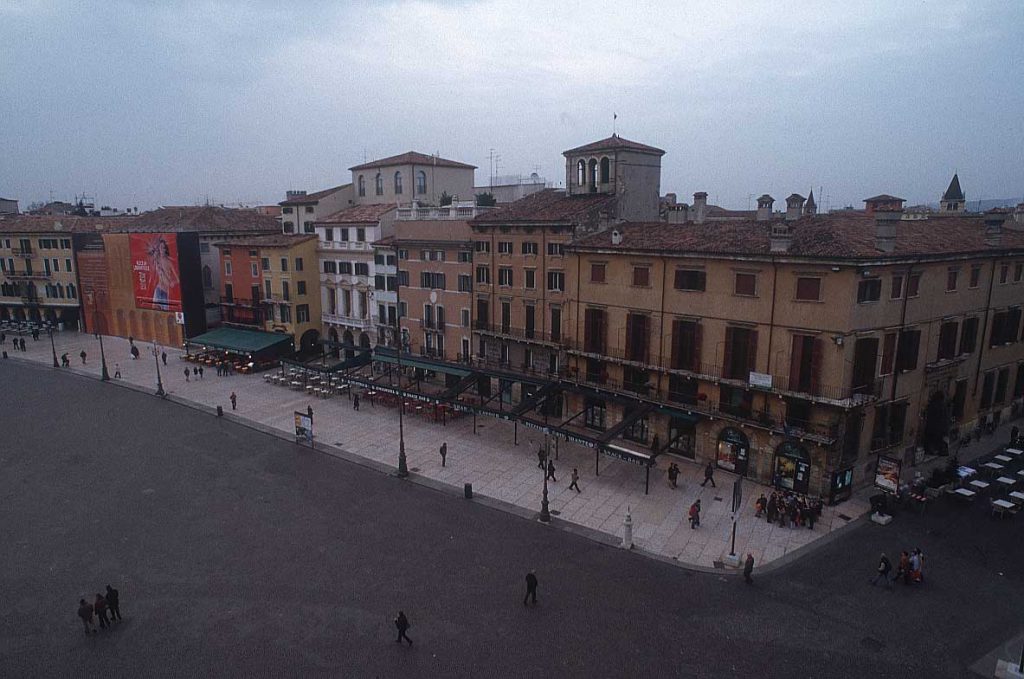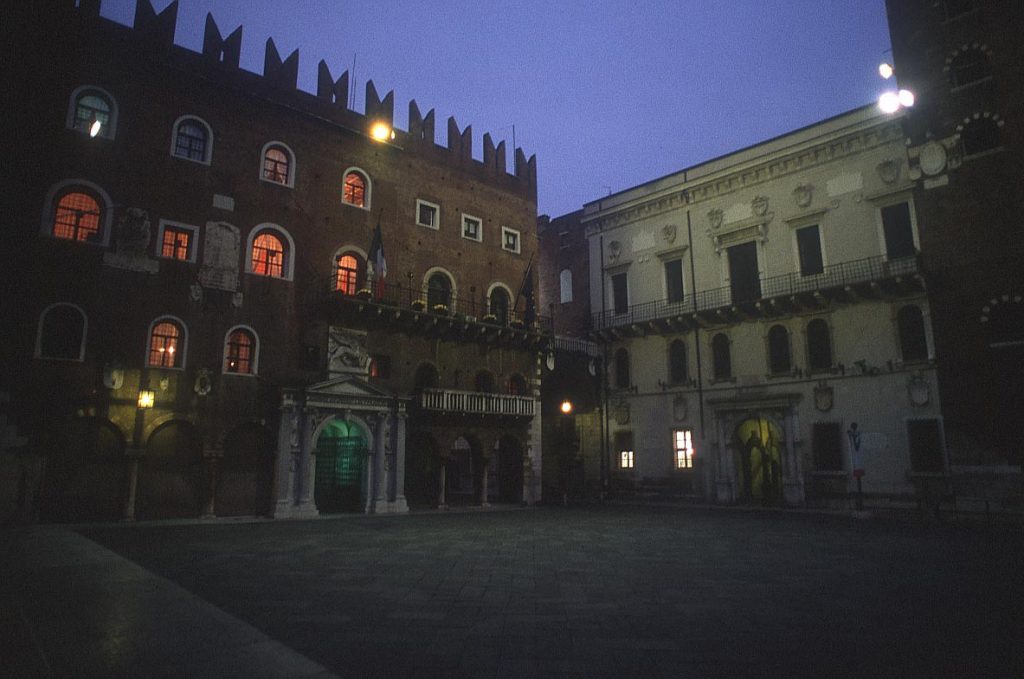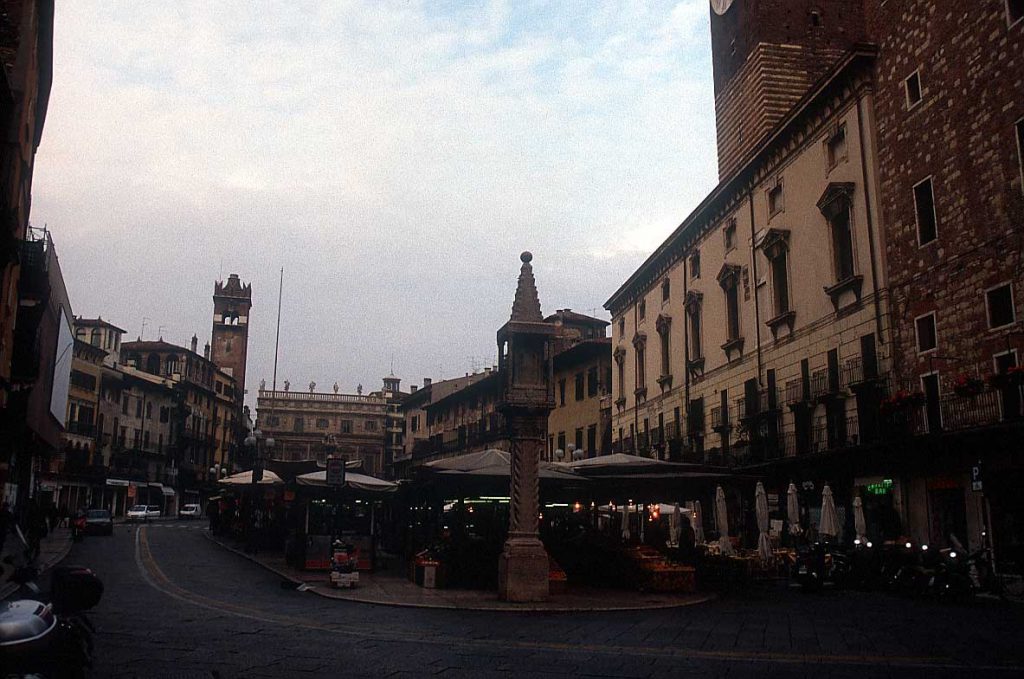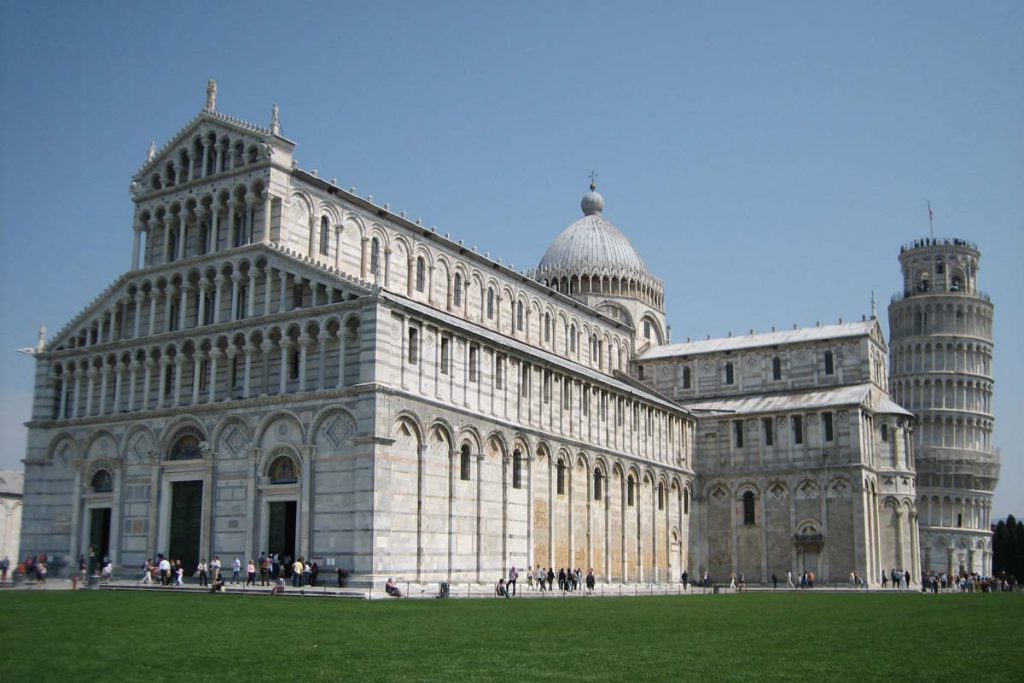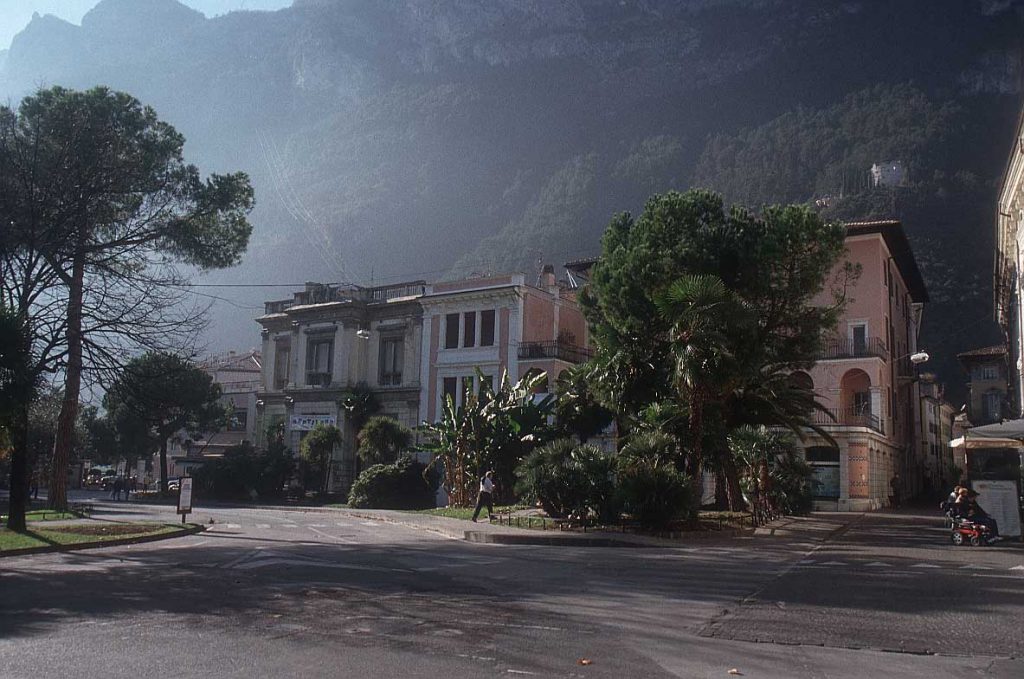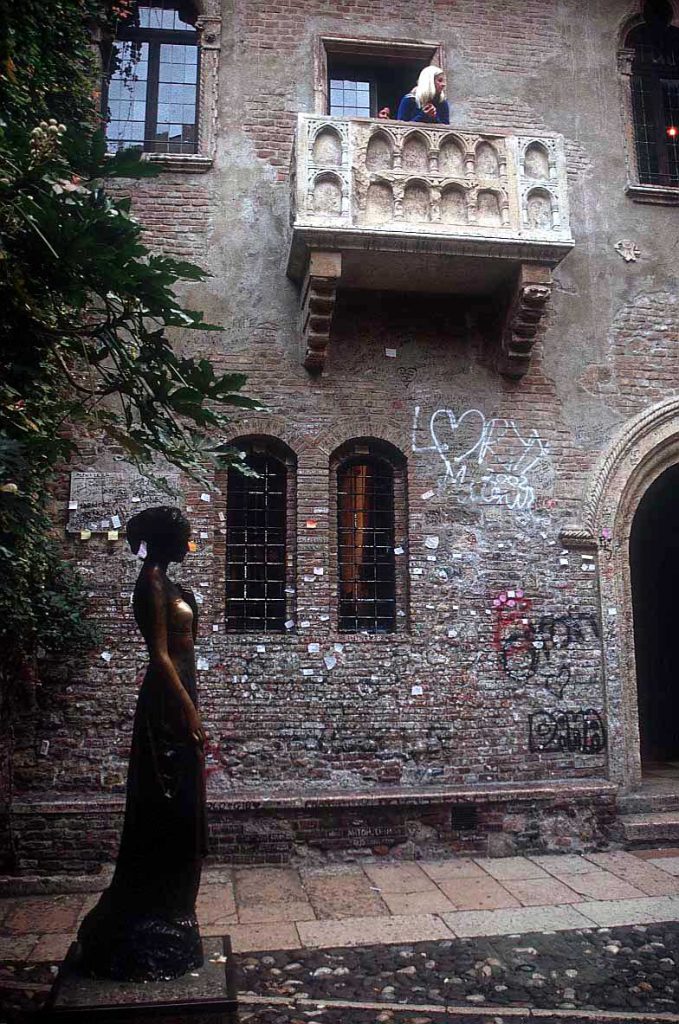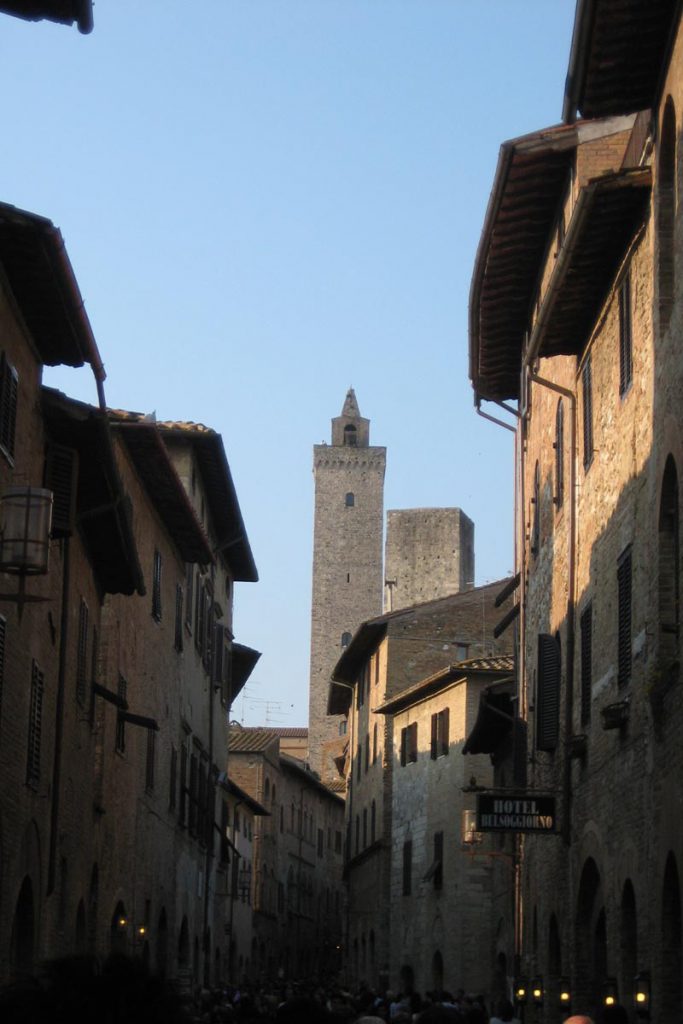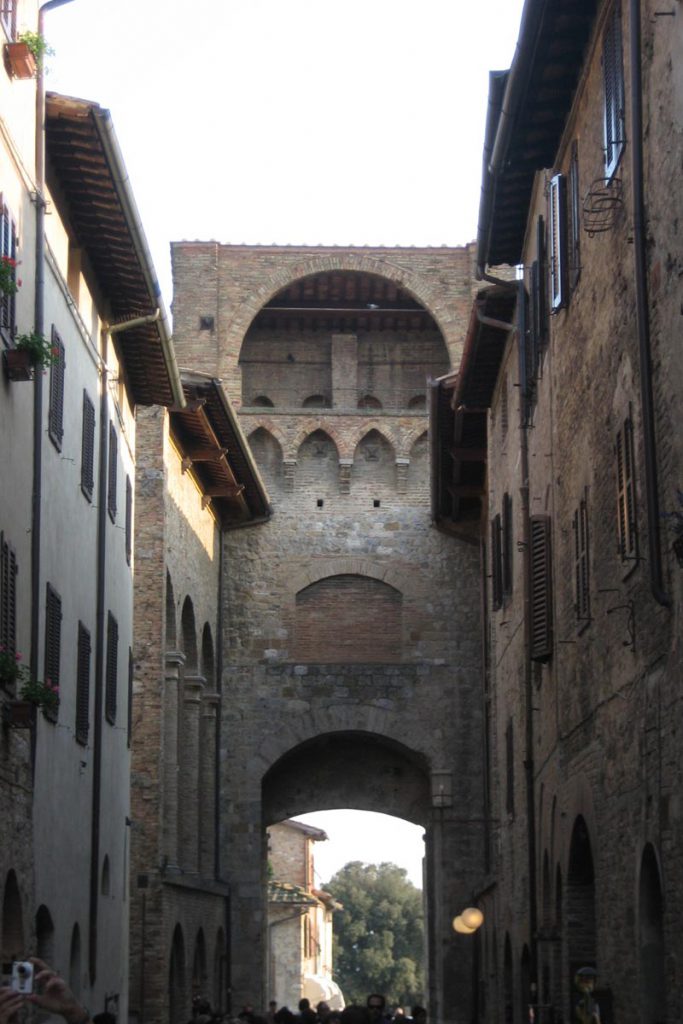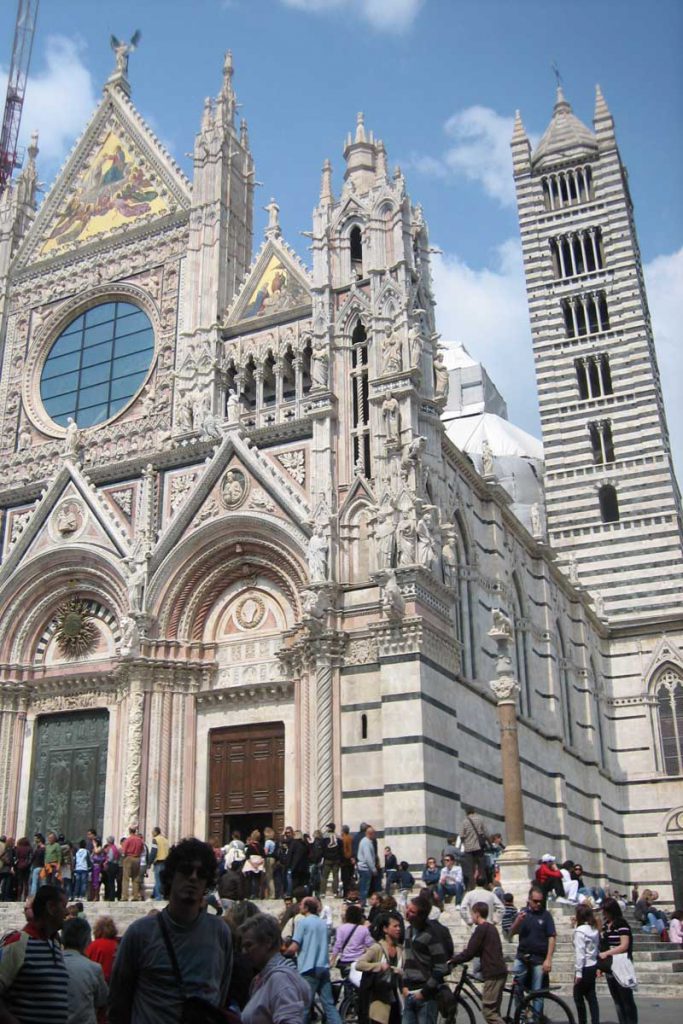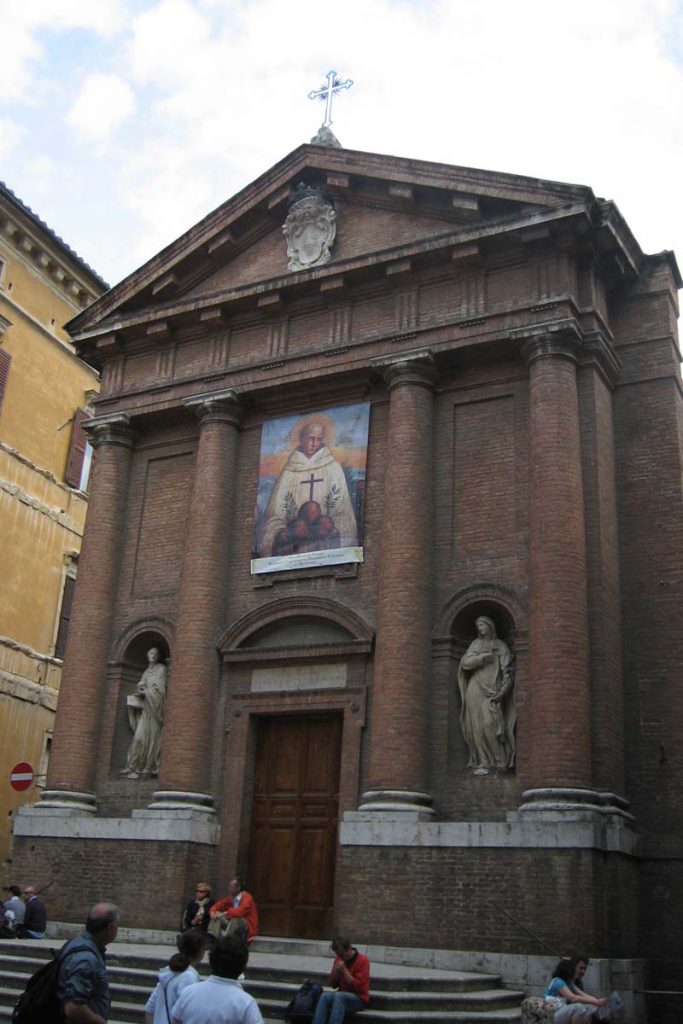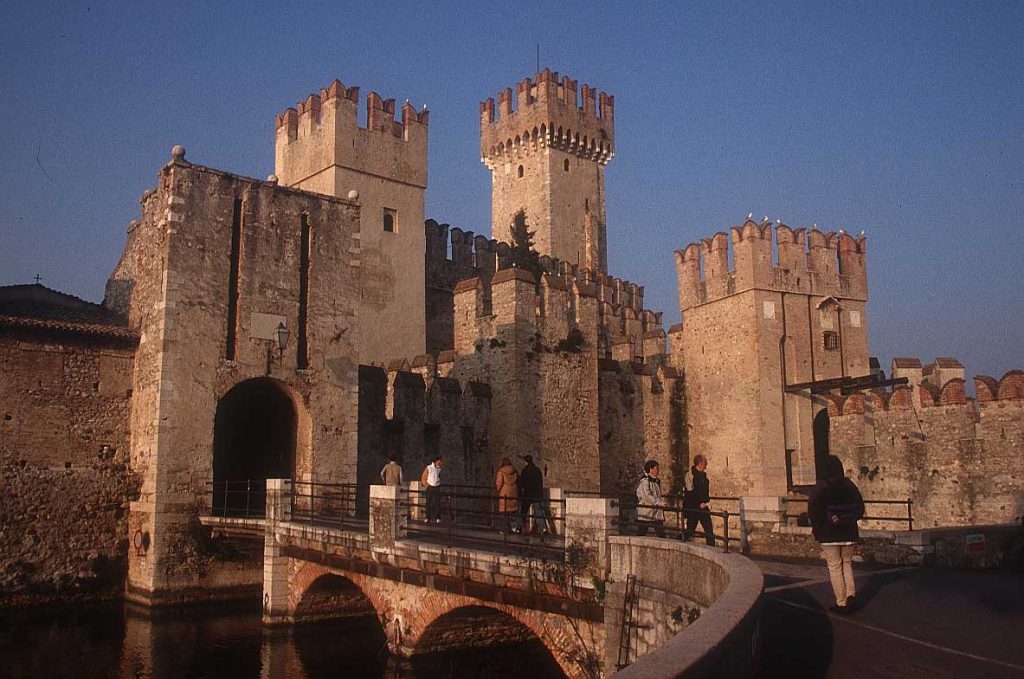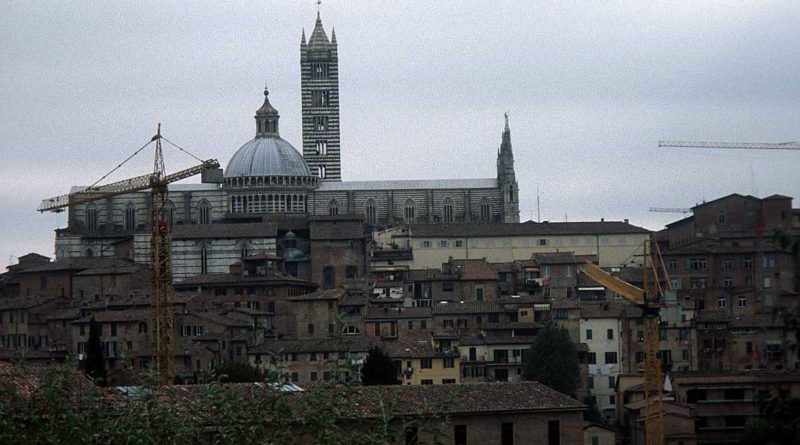Italy
Italy is celebrated for its art and its art of hospitality – warm and welcoming. Italy is one of the most popular holiday destinations in Europe. A country for all seasons. Spring comes early and autumn lingers long. In winter, the Italian Alps offer superb scenery and skiing. Italy is definitely diverse, its natural scenery ranging from the sunny southern Alpine slopes to colourful Sicilian orange groves. Its historical background is just as varied and preserved in colourful folklore festivals. Italy and its islands can boast over 5000 miles of sunny shoreline with beautiful beaches and ideal water temperatures. And culture is always in season. Tour historic buildings and marvel at the world’s greatest art treasures.
Florence
Florence lies on the River Arno and is the birthplace of the Renaissance. Its entire centre is a UNESCO World Heritage Site. Don’t miss: the Uffizi Gallery (closed Mondays) to see some of the greatest Old Master paintings in the world; Michaelangelo’s statue of David; the uniquely beautiful Ponte Vecchio (old bridge) over the River Arno; the Duomo (cathedral), with its magnificent dome and amazing tiled floor; and the view across the Arno over Florence from the famous Boboli Gardens (and while you are there you can take in the Medici family’s Pitti Palace museum and gallery.)
Pisa
Pisa is most famous for its leaning campanile, the much-photographed ‘Leaning Tower of Pisa’, open again now that its lean has been stabilised. It is 294 steps to the top. Don’t miss: the Piazza dei Miracoli, where you will find the leaning tower, the Cathedral and Baptistry, and many architectural and sculptural gems.
Siena
Siena: The red-brown stone of this medieval city throngs around Italy’s finest old square, the Piazza del Campo. Don’t miss: the Duomo – surely the most unusual and beautiful interior of them all; the Palazzo Publico (Town Hall), housing the Civic Museum showing many masterpieces; and the view from the top of the Torre del Mangia, one of the highest old bell towers in Italy. Do miss: the Palio, the ten-horse race round the Campo on the weekends of 2nd July and 16th August. Apart from the crowds, there is the issue of cruelty, with horses sometimes dying from falls on the slippery surface and tight turns.
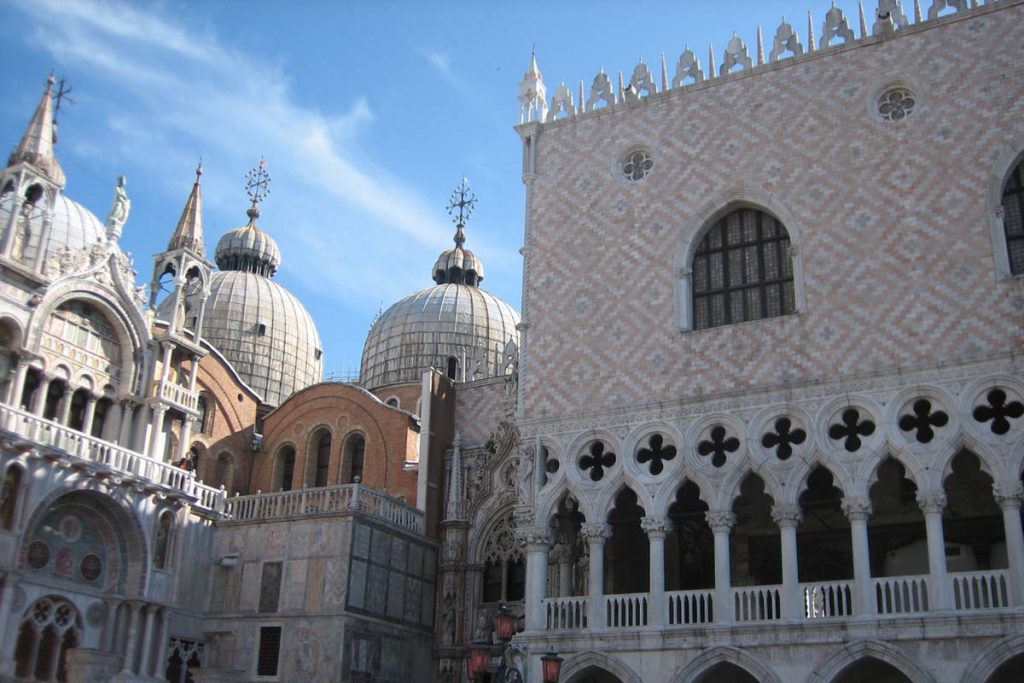
Lucca
Lucca is famous for its intact Renaissance city walls. Don’t miss: the walk round the walls (takes about an hour, or more if you get on and off to see other sights); the Guinigi Tower, with a large tree growing out of the top, can offer good views over the medieval city, but gets crowded at times; try the Clock Tower in Via Fillungo, which is less crowded and gives the best photo of the Guinigi Tower.
History and Majesty of the Guinigi Tower
Nestled within the enchanting city of Lucca in Tuscany, Italy, the Guinigi Tower stands as an iconic symbol of the city’s rich history and architectural marvel. Rising gracefully above the medieval skyline, this tower is not just a mere structure but a testament to the ingenuity and aspirations of the people who once inhabited this magnificent city. With its distinctive feature of oak trees adorning its rooftop, the Guinigi Tower beckons travelers from far and wide to unravel its tales and immerse themselves in the allure of its past.
A Glimpse into History
The origins of the Guinigi Tower trace back to the prosperous Guinigi family, prominent merchants and rulers of Lucca during the Middle Ages. Constructed in the 14th century, the tower served not only as a symbol of the family’s wealth and power but also as a defensive stronghold in times of conflict. Its strategic location allowed for panoramic views of the surrounding city, enabling its inhabitants to monitor any potential threats.
Architectural Grandeur
What sets the Guinigi Tower apart from other medieval structures is its unique rooftop garden. Atop the tower, amidst the terracotta rooftops and ancient churches, thrive a collection of holm oaks, symbolizing renewal and resilience. This innovative addition not only provided a touch of greenery to the urban landscape but also served practical purposes such as shade and a source of fresh air during hot summers.
The tower itself stands at an impressive height, a testament to the engineering prowess of its time. Its sturdy brick construction and tapering silhouette exemplify the architectural style prevalent during the medieval period, blending seamlessly with the surrounding buildings while commanding attention with its imposing presence.
Symbolism and Significance
Beyond its architectural splendor, the Guinigi Tower holds deep symbolic significance for the people of Lucca. It serves as a reminder of the city’s storied past, evoking a sense of pride and nostalgia among locals and visitors alike. The oak trees atop the tower symbolize strength, endurance, and the enduring spirit of the city and its inhabitants, standing tall against the test of time.
Moreover, the tower represents a convergence of cultures and influences, reflecting the rich tapestry of Lucca’s history. From its medieval roots to its Renaissance heyday, the city has been shaped by myriad civilizations, each leaving its indelible mark on its landscape and identity. The Guinigi Tower stands as a tangible link to this cultural heritage, inviting exploration and contemplation.
Preserving the Legacy
In recent years, efforts have been made to preserve and protect the Guinigi Tower for future generations to enjoy. Conservation initiatives aim to maintain its structural integrity while ensuring that its historical significance is not lost to the ravages of time. Guided tours offer visitors the opportunity to ascend the tower and immerse themselves in its rich history, providing insights into the lives of its past inhabitants and the city they called home.
Additionally, the surrounding area has been revitalized, with cafes, shops, and galleries springing up to cater to the influx of tourists drawn to this architectural marvel. The Guinigi Tower has become not only a cultural landmark but also a vibrant hub of activity, breathing new life into the heart of Lucca.
In a world where skyscrapers pierce the clouds and modernity often eclipses the past, the Guinigi Tower stands as a timeless testament to the enduring legacy of Lucca. Its towering presence and verdant rooftop garden serve as a poignant reminder of a bygone era, inviting us to pause, reflect, and marvel at the ingenuity of those who came before us. As the sun sets over the medieval skyline, casting its golden glow upon the city below, one cannot help but feel a sense of awe and reverence for this magnificent architectural masterpiece.
Assisi
Assisi, the birthplace of St. Francis and pilgrim destination for hundreds of years, is a town in the province of Perugia which is another UNESCO World Heritage Site for its magical historic architecture. Don’t miss: the Basilica di San Francesco, which is actually two churches, a plain Romanesque lower church in the spirit of St Francis, and a Gothic upper church, full of marvellous art (guided tours lasting an hour offered from 9am to 5pm except Sundays); and four km east of the town are the caves where St Francis lived as a hermit in the early 13th century, the Eremo delle Carceri, which you can walk to through the oak woods.
Verona
Verona, a city in northern Italy, capital of Verona Province, in the Veneto Region, on the Adige River, is one of the most popular tourist destinations in Italy. Don’t miss: Juliet’s Balcony (which you can see for free) and her house and museum (for which you pay) – but don’t forget Romeo and Juliet are fictional characters in Shakespeare’s play! – ; the Roman amphitheatre, which still hosts performances in summer; and the medieval Lamberti Tower which gives an excellent view over the town from 84m up (lift 1 euro extra).
